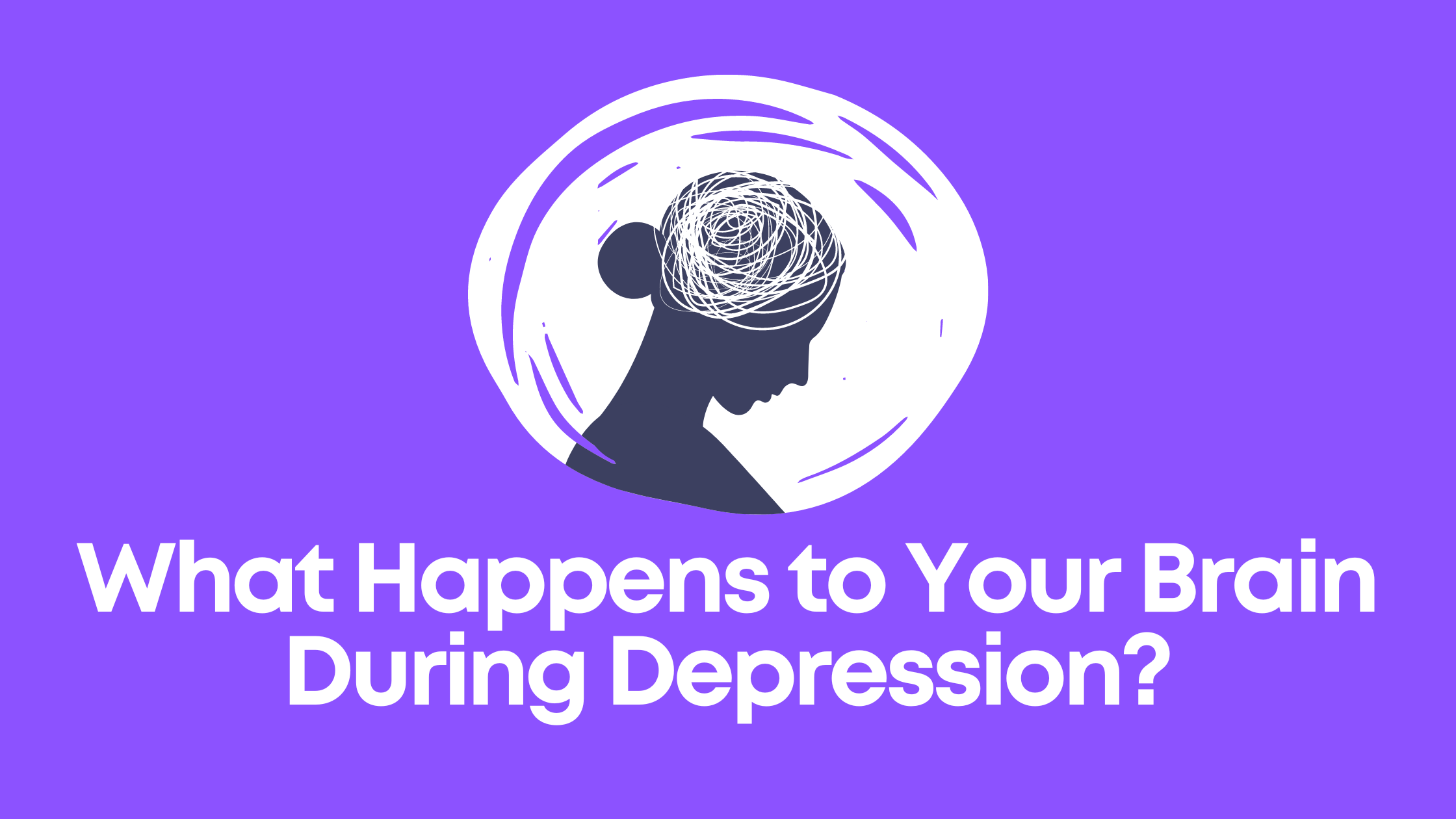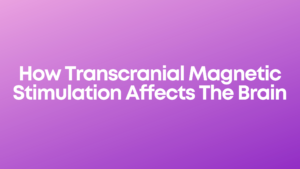As specialists in Transcranial Magnetic Stimulation (TMS), we are committed to helping individuals navigate through various mental health conditions like depression, anxiety, OCD, and PTSD. Today, we’re diving into the complex world of neuroscience to explore a topic that many find both intriguing and necessary to understand: What exactly happens to the brain during depression?
Depression is more than just a feeling of sadness or a passing bout of “the blues.” It’s a serious mental health disorder that can disrupt daily functioning and significantly impact quality of life. But what’s happening inside the brain during these periods of depression?
The Brain and Depression: A Complex Connection
The brain is an intricate network of billions of neurons or nerve cells that communicate through electrical and chemical signals. These signals are managed by neurotransmitters, the body’s chemical messengers. When everything is in balance, these signals facilitate our ability to think, feel, and function. However, with depression, the balance is disrupted.
- Neurotransmitter Imbalance: Certain neurotransmitters like serotonin, dopamine, and norepinephrine play a crucial role in mood regulation. Research indicates that depression might be linked to an imbalance in these chemicals. For instance, low levels of serotonin and norepinephrine have been associated with feelings of sadness, pessimism, and a general lack of interest, which are characteristic symptoms of depression.
- Brain Structure and Function: Studies using brain imaging technology, like MRI, have shown that certain areas of the brain are different in people with depression compared to those without. For example, the hippocampus, a small part of the brain vital for memory and emotion, is often smaller in people with depression. This shrinkage could be due to an overproduction of cortisol, a hormone the body releases in response to stress.
- Neural Connectivity: Recent research also points towards depression being a ‘network disorder’ affecting the connections between different brain areas rather than just individual regions. For instance, the ‘default mode network’ — responsible for self-referential thinking and mind wandering — tends to be more active in depressed individuals, leading to ruminative, negative thought patterns.
TMS: A Pathway to Balance
Traditional treatments for depression, such as antidepressants and psychotherapy, aim to restore this balance in the brain. However, they may not work for everyone. That’s where Transcranial Magnetic Stimulation (TMS) comes in.
TMS is a non-invasive procedure that uses magnetic fields to stimulate nerve cells in the brain. It targets the dorsolateral prefrontal cortex, an area often found to be underactive in people with depression. By stimulating this area, TMS can help restore the balance of neurotransmitters, improve connectivity, and ultimately help alleviate symptoms of depression.
The Road to Understanding is the Road to Healing
Understanding what happens in the brain during depression is crucial, not just for scientists and clinicians, but for patients and their loved ones too. The more we understand, the better equipped we are to combat this debilitating condition.
At PsyFi TMS, we’re dedicated to enhancing our understanding of mental health disorders and providing cutting-edge treatments like TMS. By demystifying the science behind conditions like depression, we aim to reduce stigma, inspire hope, and empower our patients in their journey towards better mental health.
Remember, if you or a loved one is suffering from depression, help is available. Reach out to us at info@psyfitms.com to discuss your symptoms and explore potential treatment options. You’re not alone, and with the right help and support.


